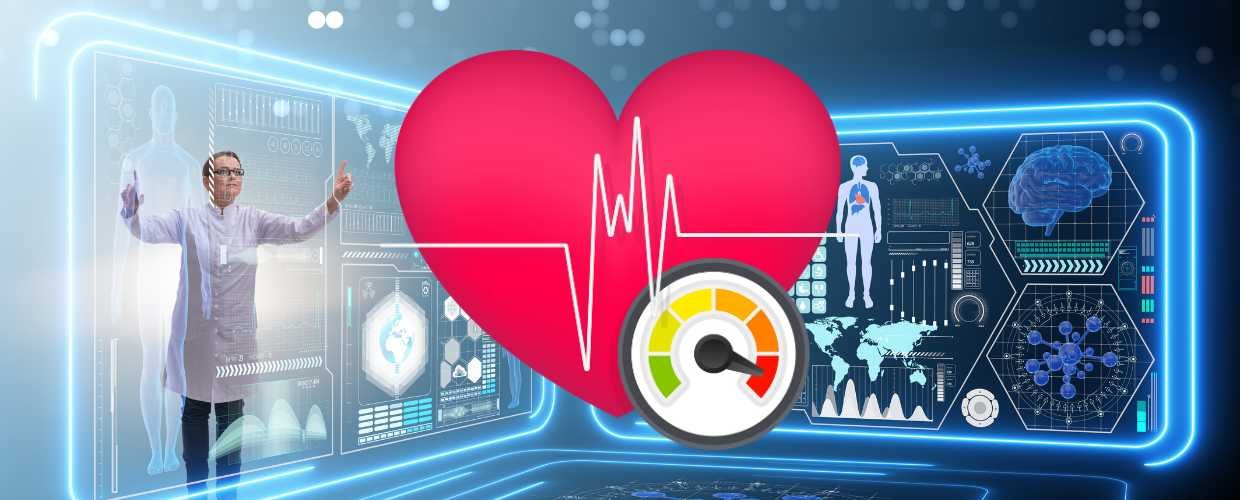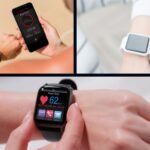In the age of connectivity, healthcare is transcending traditional boundaries. Remote Patient Monitoring (RPM) has emerged as a transformative trend, allowing healthcare providers to monitor patients’ health remotely. This article delves into the dynamic landscape of RPM, shedding light on its significance, benefits, and potential to revolutionize healthcare delivery.
Remote Patient Monitoring: Redefining Healthcare Accessibility
Remote patient monitoring leverages technology to bridge the gap between patients and healthcare providers. By collecting and transmitting real-time health data, RPM enables continuous monitoring of patients’ conditions, reducing the need for frequent in-person visits and enhancing the quality of care.
Continuous Health Tracking
Remote patient monitoring devices capture vital health metrics such as heart rate, blood pressure, and glucose. Patients’ data is transmitted securely to healthcare professionals, allowing them to track trends, identify anomalies, and intervene promptly when necessary. This real-time monitoring enhances patient outcomes and reduces the risk of complications.
Chronic Disease Management
RPM is particularly beneficial for managing chronic conditions like diabetes, hypertension, and heart disease. Patients can use wearable devices to monitor their health parameters daily. Healthcare providers receive insights into patients’ conditions, enabling proactive adjustments to treatment plans and minimizing the progression of chronic illnesses.
The Role of Wearable Technology: Data-Driven Healthcare
Wearable devices play a crucial role in RPM by collecting and transmitting patient data. From smartwatches to wearable sensors, these devices empower patients to participate actively in their healthcare journeys while providing healthcare professionals with the information they need for informed decision-making.
Real-Time Alerts and Interventions
Wearable devices equipped with RPM technology can send real-time alerts to patients and healthcare providers when critical health indicators deviate from the norm. This feature allows timely interventions, prevents potential emergencies, and ensures that patients accept the care they need when they need it.
Enhanced Patient Engagement
RPM promotes patient engagement by fostering a sense of responsibility for one’s health. Patients become active participants in their care, monitoring their progress and adhering to treatment plans. Increased engagement improves treatment outcomes and encourages patients to make informed lifestyle choices.
Telehealth Revolution: RPM in Remote Care Delivery
Remote patient monitoring is an integral element of the telehealth revolution. Integrating the solutions with telehealth enables healthcare providers to offer comprehensive care from a distance. This approach not only enhances patient convenience but also addresses challenges related to access, especially for those in rural or underserved areas.
Timely Interventions and Preventive Care
Telehealth RPM empowers healthcare providers to detect issues early and provide timely interventions. By analyzing patients‘ health data remotely, doctors can identify deteriorating conditions or potential complications, allowing them to proactively adjust treatment plans and prevent hospitalizations or emergency room visits.
Empowering Vulnerable Populations
Through telehealth, RPM benefits vulnerable populations, such as older adults or those with limited mobility. These individuals often face barriers to accessing traditional healthcare services. With the technology, they can receive continuous care and monitoring, promoting their well-being and reducing the burden on caregivers and healthcare facilities.
Conclusion
Remote patient monitoring is shaping the future of healthcare by leveraging technology to make care more accessible, proactive, and patient-centered. By embracing monitoring solutions, healthcare providers can offer continuous monitoring, timely interventions, and personalized treatment plans. Patients, in turn, gain greater control over their health and receive care tailored to their needs. As RPM continues to evolve, it has the potential to bridge gaps in healthcare access, develop patient outcomes, and change the way we deliver and experience medical care.












